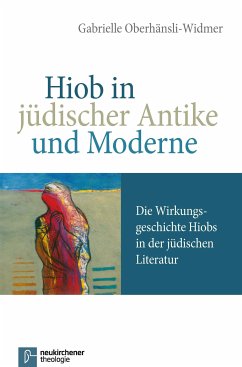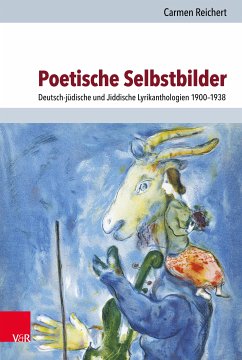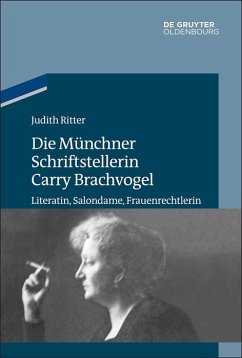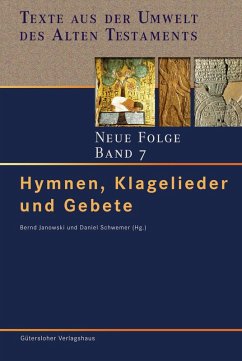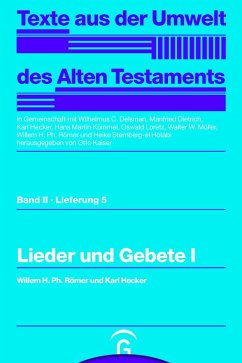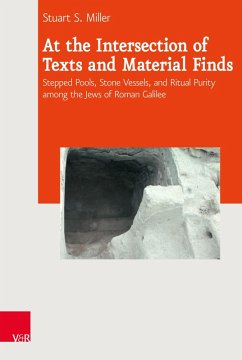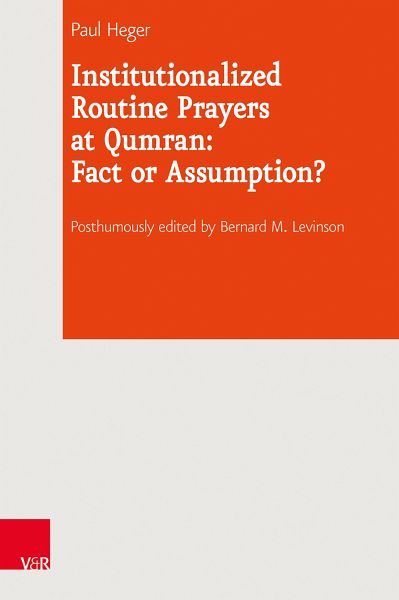
Institutionalized Routine Prayers at Qumran: Fact or Assumption? (eBook, PDF)

PAYBACK Punkte
0 °P sammeln!
This book examines the development of institutionalized prayer in ancient Israel at a crucial time in the history of Western civilization: from the period of the Qumran writings, in the last three centuries BCE, through to the rabbinic period, after 70 CE. It explores the shift from sacrificial worship by priests to abstract, unmediated, direct approaches to the deity by laypeople. It demonstrates the transition from voluntary, freely composed prayers to obligatory prayers with fixed texts. The study shows how Qumran and Samaritan prayer contrast with rabbinic prayer, shedding light on Jewish ...
This book examines the development of institutionalized prayer in ancient Israel at a crucial time in the history of Western civilization: from the period of the Qumran writings, in the last three centuries BCE, through to the rabbinic period, after 70 CE. It explores the shift from sacrificial worship by priests to abstract, unmediated, direct approaches to the deity by laypeople. It demonstrates the transition from voluntary, freely composed prayers to obligatory prayers with fixed texts. The study shows how Qumran and Samaritan prayer contrast with rabbinic prayer, shedding light on Jewish customs before the rabbinic reform. Posthumously edited by Bernard M. Levinson.
Dieser Download kann aus rechtlichen Gründen nur mit Rechnungsadresse in A, B, BG, CY, CZ, D, DK, EW, E, FIN, F, GR, H, IRL, I, LT, L, LR, M, NL, PL, P, R, S, SLO, SK ausgeliefert werden.




